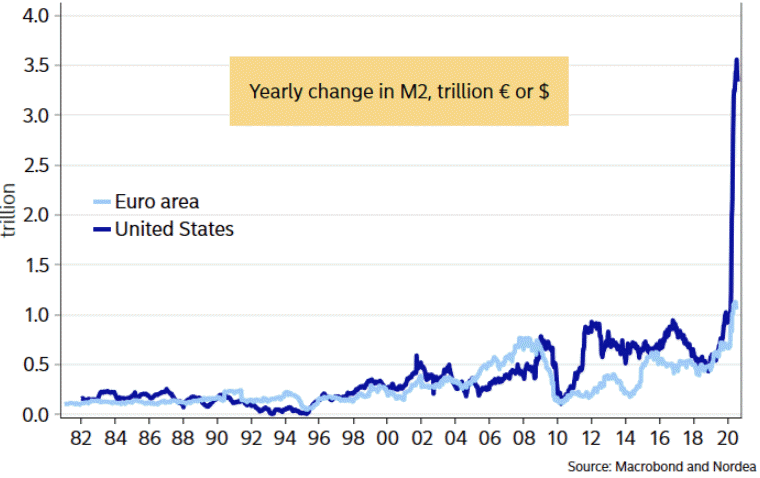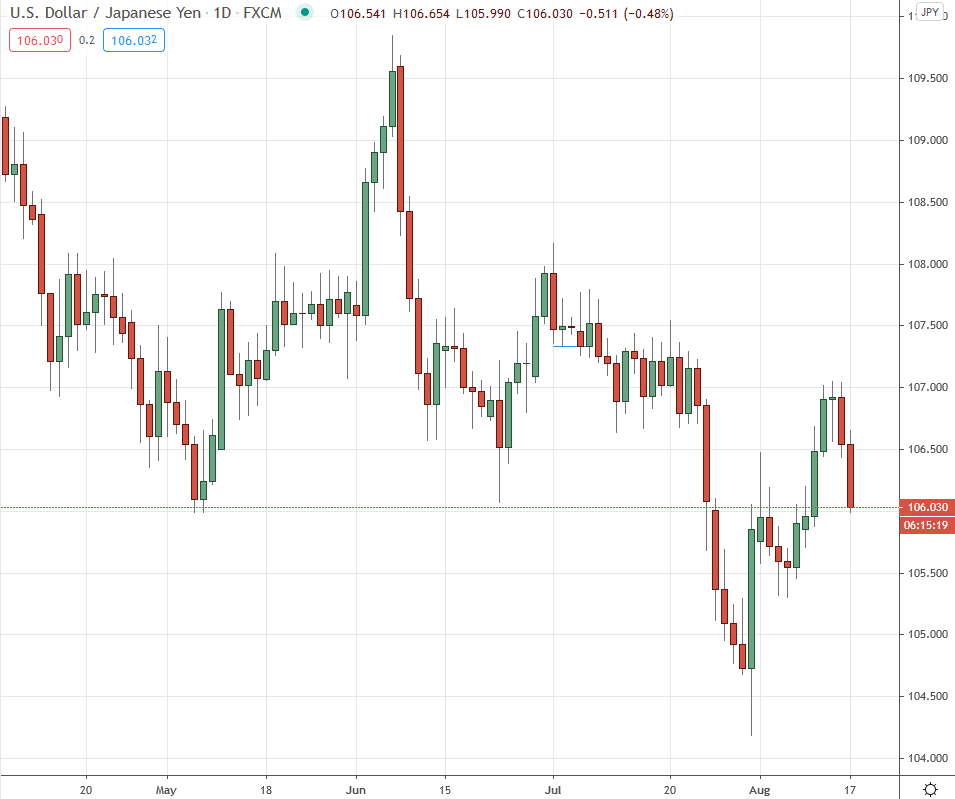You want to be a person who is free of the limits imposed by needing to earn active income. “Financially independent” is an identity.
To get there, prove to yourself that you can be that person by hitting short-term goals. Pay off that credit card. Start, or increase your 401k/403b. Save $20 this week. Skip the latest phone release. Increase your savings rate. And each time you nail it, celebrate the small win.
A series of small wins solidifies your commitment. You are someone on the path to financial independence!








